Slow Language Learning Part II
The Reflections on my Experiment to Cultivate Attention, Focus and French
Two weeks ago, I shared my thoughts about Slow Language Learning, a more focused and deliberate way of studying a language. The goal was to build attention and deepen learning by working through a single text step-by-step:
If you missed that post, you can read it here.
This week, I put the method to the test, and let’s say it wasn’t always comfortable, but it was worth it. Here’s how it went:
Day 1: 30 Minutes
Tasks:
Read text once for meaning.
Read again and vocabulary mine.
The text I chose was quite dense, and it took me a while to get into. I also caught myself skimming, which is usually a helpful strategy, but since I’m working on building attention, I forced myself to go back and reread. I even put my phone in another room to reduce temptation.
When I re-read the text to vocabulary mine, I felt like I got a better understanding of everything. Perhaps because I had already read it or perhaps because I had primed my brain with a specific task. Graded materials or language-learning tasks often provide a question or a task to help activate schemata and focus your attention, which is another reason they might seem easier to understand than authentic materials.
I really enjoyed the vocabulary mining activity. I used ReadLang to look up new words and phrases, but I copied them into my Language Learning Notebook. I collected 15 new words and phrases. My favourite was “jeter les bases” (to lay the foundations).
Day 2: 45 Minutes
Tasks:
Read text aloud.
Complete a language log.
I used my mom’s technique to review the vocabulary before rereading, which gave me some quick wins and motivation. But reading the whole text aloud? Torture.
It took me around 30 minutes, and I gave up about two-thirds of the way through. The problem was:
The text was too long and dense.
My pronunciation is rusty, so the words felt foreign in my mouth.
My stamina for this kind of task isn’t there yet.
Completing the language log was also harder than usual. I didn’t want to leave out any key information since I’d be doing a writing task the next day so I reread the text and took notes before I wrote my summary and reflection.
Choosing a sentence to reconstruct using the Ben Franklin technique was simple. If you’re unfamiliar with this activity, I invite you to check out this post, but here is a summary:
Copy a sentence.
Take notes on it.
Try to reconstruct it from memory later.
I chose a sentence from the conclusion that summarized the key point of the text.
Day 3: 60 Minutes
Tasks
Reconstruction.
Journal.
Reconstructing the sentence was a disaster. I got most of the grammar wrong, but after reviewing the original, I adjusted my notes and added an entry about comparative structures to my grammar section.
Coming up with a journal topic was tricky since the text was about the evolution of a concept. But I ended up using my summary sentence as a jumping-off point and wrote about:
Should the rate of academic failure be considered a by-product of a successful education system?
It wasn’t my most brilliant piece of writing or thinking, but I managed to use many of the words and phrases I had mined earlier. Plus, I noticed some gaps in my knowledge of grammar and vocabulary. I was able to add several phrases to my vocabulary list, even before getting feedback. It’s like when you don’t want to work out, but you do it anyway and feel great afterward. Overall, it was a success.
Day 4: 30 Minutes
Tasks:
Get feedback on writing.
Speaking practice.
Asking ChatGPT for feedback on my writing was a goldmine. It even gave me a kind of report on the types of mistakes I made—mostly gender and plural errors, no surprise there—and some issues with register and style.
I also discovered that I don’t fully understand inversion after certain expressions, so I asked for an explanation and copied it into my grammar section.
The speaking practice was also challenging. Answering abstract, academic questions about a complex topic that I don’t know much about would be hard enough in English, let alone French. But I managed to create a list of useful phrases for expressing opinions and agreeing with someone. Having those phrases ready made my next answers more fluid and reduced the cognitive load of discussing a complex topic.
What I Learned from This Experience
Slow Language Learning was phenomenal. I essentially created a mini-course for myself and managed to:
Learn new vocabulary
Review grammar
Practice reading, listening, writing, and speaking
Cultivate deeper attention and focus
It pushed me out of my comfort zone, but in a good way. I’m no expert on the topic I studied (even in English), but I stretched myself, and that’s where growth happens.
What I’ll Adjust Going Forward
Shorter, lighter texts: Next time I’ll try a short story or a memoir. (Still taking suggestions for Substack authors who write in French!)
More speaking practice: I might add a short speaking task to each study session.
Less reading aloud: I’ll cap it at five minutes to keep it manageable.
More targeted grammar practice: I’ll try asking ChatGPT to create exercises based on my common mistakes.
More writing: Writing is hard but powerful. Even when I don’t enjoy it, it forces me to organize my thoughts and deepen my understanding.
A Hard Look at Attention
After watching Adolescence this weekend, I deleted all my social media apps. While I have not been exposed to the “manosphere,” the series held up a mirror to the toxicity of how I consume content. I’ve been telling myself for years that I don’t have a problem with doom-scrolling, but the truth is, the constant search for quick dopamine hits is making it harder for me to sit with discomfort and focus deeply.
I plan to add Slow Language Learning to my “language learning ecosystem”. It’s not just about the language benefits; it’s also about training my brain to sit with discomfort and think more critically.
What About You?
If you’ve been struggling to focus or feel like you’re just passively consuming language, why not try Slow Learning? You don’t need to follow my exact plan. Just pick a text, do some language work with it, and see what happens.
If you try it, I’d love to hear how it goes. Don’t hesitate to leave a comment or send me a message. I’m curious to know what works for you!
If you’re ready to create your own Slow Language Learning routine or are interested in self-studying languages and don’t know where to start, I invite you to check out the Fresh Foundations series I published in January.
Some posts you might find particularly useful for Slow Language Learning could include:
As always, thanks so much for reading and happy language learning! 🤍


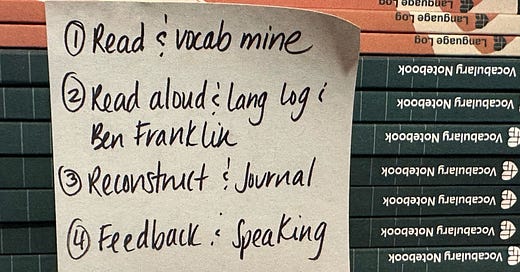



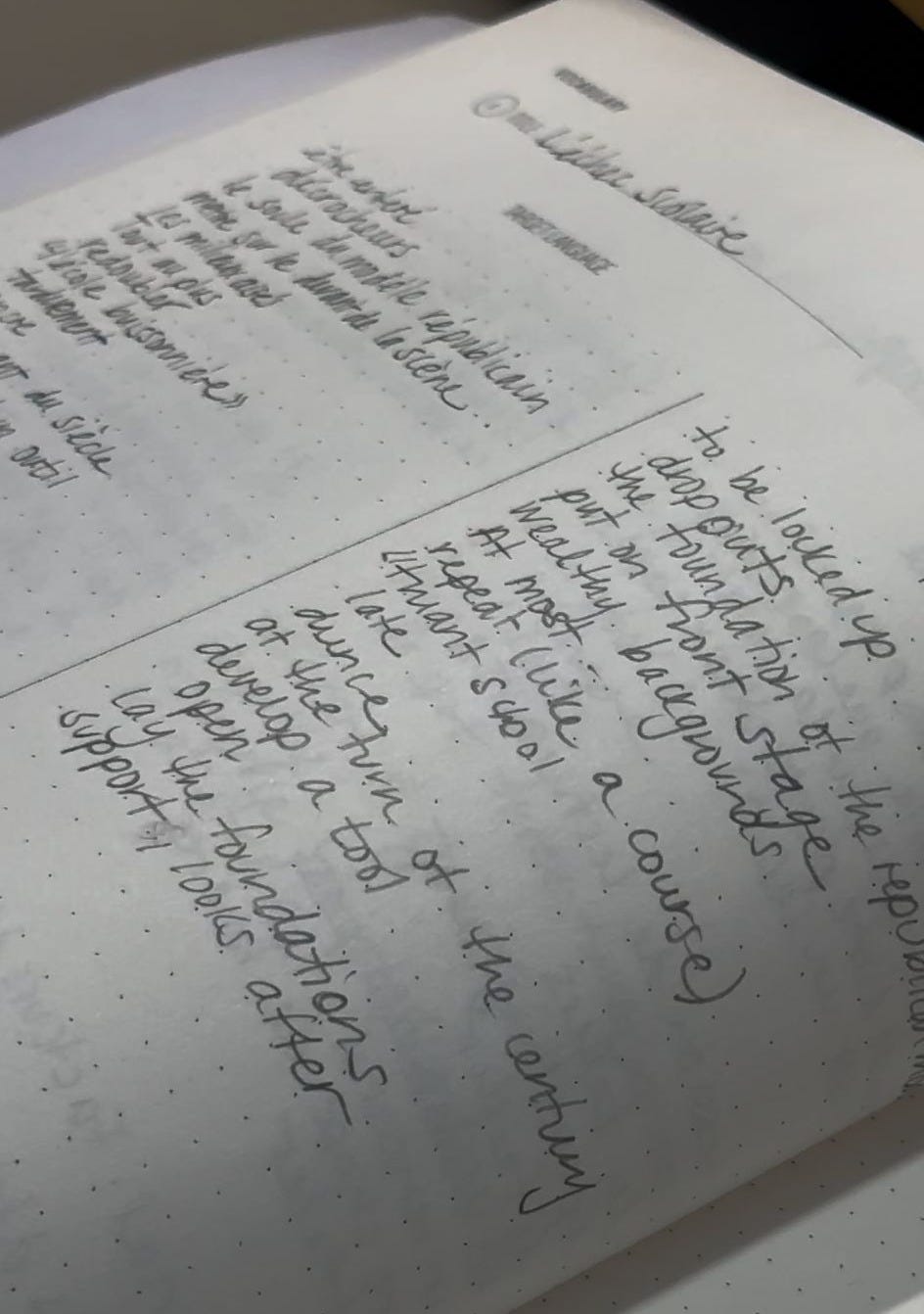
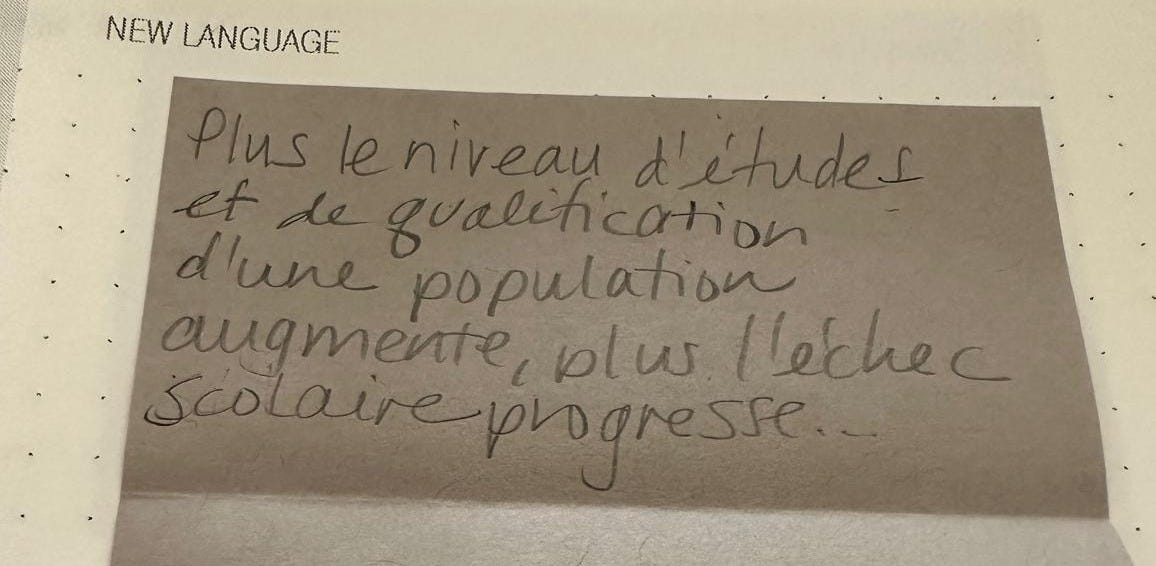
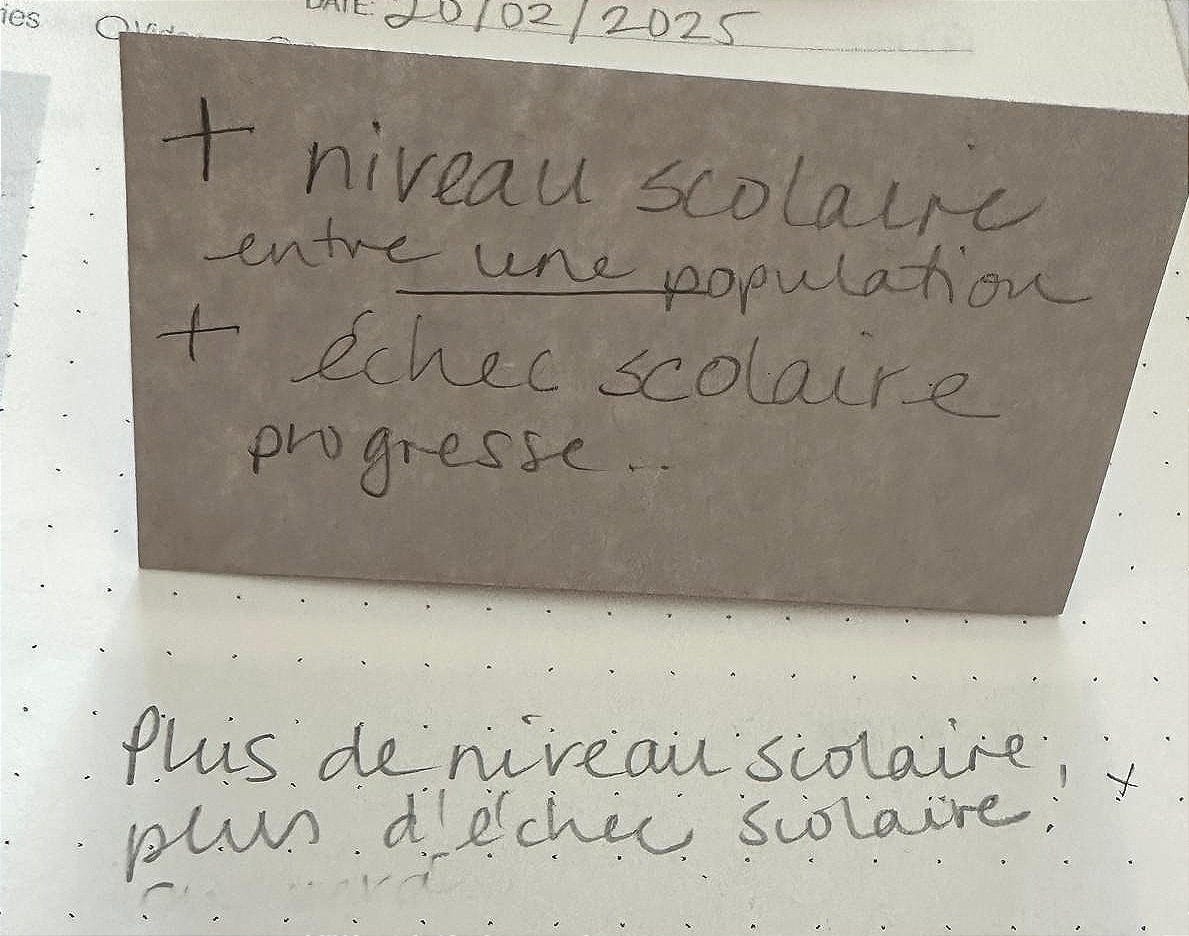
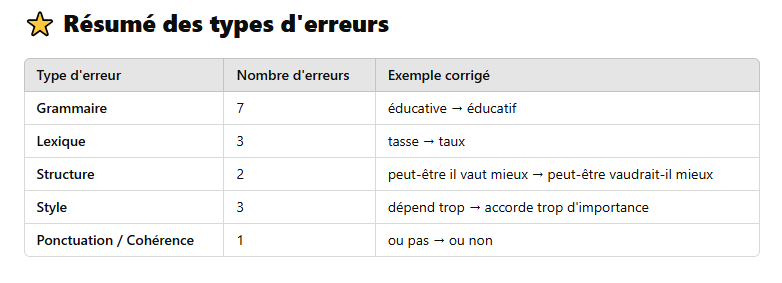
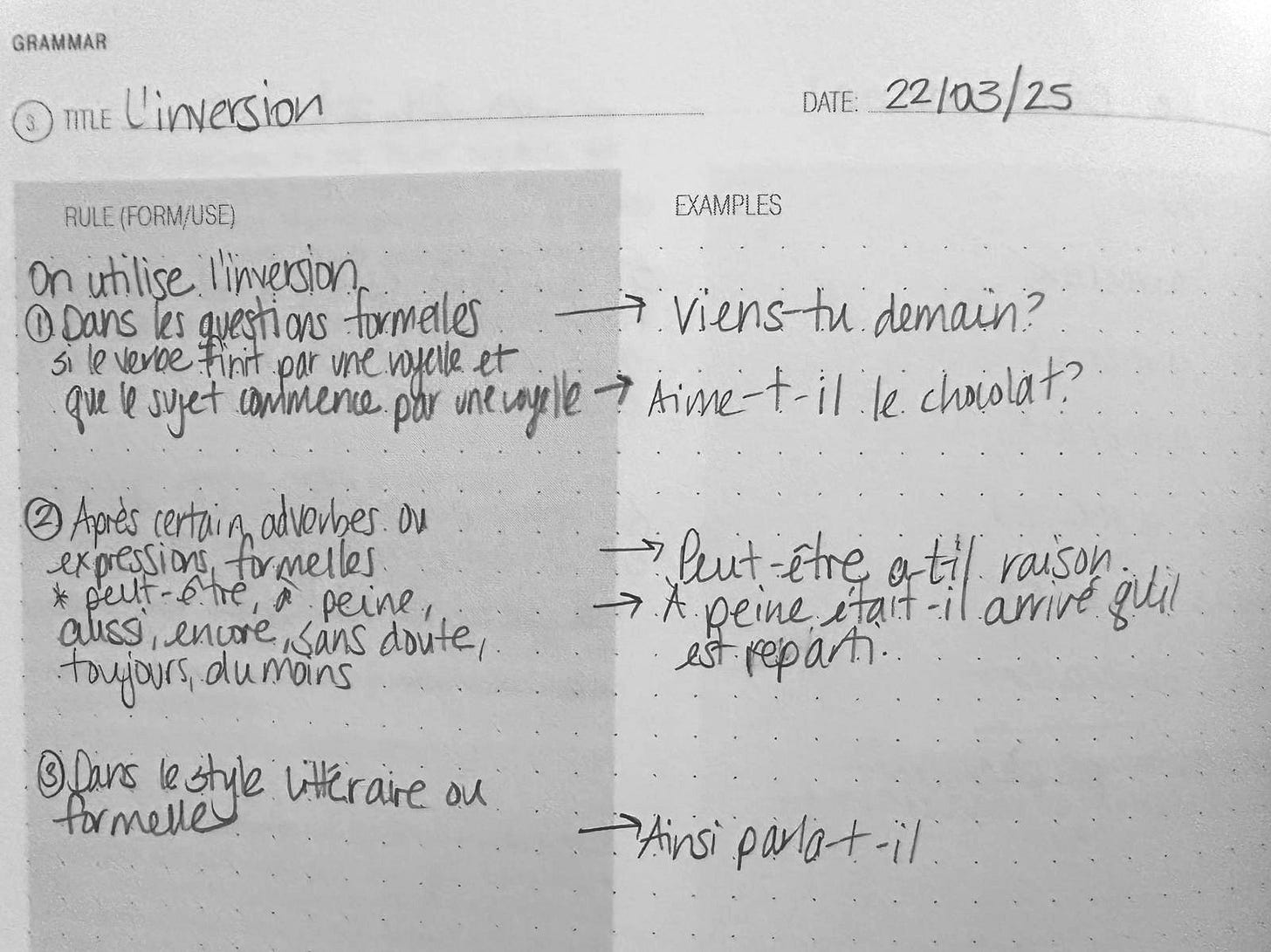

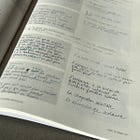

I love this article!! I use readlang for the Portuguese I am learning, but not as structured as this. So I will try this method out. It seems like the sweet spot might be ~200 words? I know very little French, but I love trying to read Charles Baudelaire, perhaps try some of his prose poems or art criticisms.
I am trying to learn French on Duolingo (after buying several Assimil books, etc, to self-study), and it has come to a level that I need to start practicing with someone. I think I am closer now to a B1 level. Do you have any advice?
Also, I liked your technique. I probably need a shorter version of that for myself.